One of the most basic human needs is temperature management. We use it in most walks of life, specifically when it comes to the preservation of heat or cold inside our homes, coolers, refrigerators, ovens, stores, cars, and many other everyday applications. With the ability to retain desired temperatures in particular situations, science and ingenuity are tasked with figuring out methodologies by which temperature control can help various aspects ranging from reduction of the greenhouse effect, energy savings, and cost reduction for various means for owners of businesses and residential properties.
One of the most efficient materials used for insulation to promote energy savings is spray foam insulation. With the use of polyurethane foam science, insulation helps to make the world, a more efficient, healthier, and safer place for humans to reside.
What Is Spray Foam Is And How It’s Used
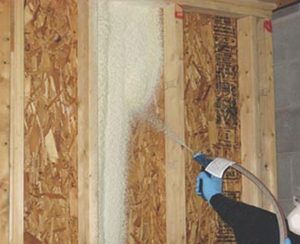
Spray foam is a commonly used insulation tool for temperature control, soundproofing, allergen reduction, and structural support applied in the walls, ceilings, floors, and attics of both residential and commercial properties. It essentially provides an additional air barrier by restricting how much gas can pass through. Certain types of spray foam insulation commonly known as closed cell spray foams are also effectively water-resistant, preventing moisture from getting into areas where the water can stagnate leading to the growth of undesirable life forms like mildew, mold, and fungi.
Spray foam insulation possesses expandable properties that result in the ability to fill and plug many small gaps and crevices in tight spaces which allow undesired air flow and ones that would be essentially impossible to seal in any other manner. By tightly restricting these spaces from permeating air or water, the walls retain the temperature of the indoor space much more efficiently.
What Is Spray Foam Made Out Of?
Spray foam is formulated from a mixing combination of polyol resin with an isocyanate through a high-pressure output system which heats, balances and mixes the components to generate the insulation.
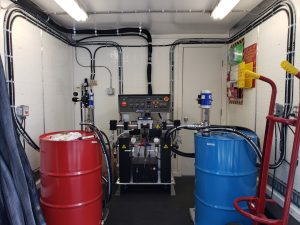
Spray Foam is a two-component reactant consisting of one part iso and one part resin. The two parts are kept separate in drums to prevent a reaction until the applicator wants a reaction. The raw products are transferred from barrels to a main pump known as a reactor or proportioner. The main pump heats and pressurizes the two materials that then stay separate through the main hose which runs to a spray gun. When the spray gun trigger is pressed it causing the two materials to combine and react resulting in a fine mist which is spray applied to the surface. During the reaction, the two materials cause an expansion and a hardening, resulting in what we see as spray foam. Although the applicators are required to wear protective gear to prevent inhaling or skin coming in contact with the chemical, after the material is cured and dry it is perfectly safe in a home environment.
The cells in the spray foam interlock (to varying degrees depending on the foam produced) preventing the penetration of air and, in some instances, moisture from permeating the material.
What Are The Types Of Spray Foam?

There are two primary types of spray foam: open-cell and closed-cell. In open-cell spray foam insulation, the comprising cells are left more open, or more loosely coupled. The nature of open cell foams allows for the foam to be significantly more expandable and is, therefore, less efficient per inch thickness than closed cell foams which are sealed and trap gasses not allowing them to escape. Because this type of spray foam is filled with air bubbles, it is less efficient at stopping air flow than the closed-cell variant, and open cell is not waterproof or water-resistant. For this reason, open-cell spray foam insulation, while less expensive, is not ideal for below grade and exterior surfaces simply because it would be detrimentally less effective at stopping vapor transmission. On interior walls, open cell provides sufficient temperature control, as well as soundproofing.
Conversely, closed-cell spray foam is composed of cells that are far more tightly interlocked. This creates a far better barrier from ambient air from entering and serves as a far more efficient water-resistant barrier that does not allow for much permeation. That makes this type of spray foam better for insulating exterior walls as the hot or cold external temperatures are not able to influence the indoor space as much with the closed-cell barrier in the way. Additionally, closed-cell foam insulation is far better at discouraging the entrance of allergens, bugs, and rodents who have a hard time chewing through the polyurethane composition. Closed cell foam is also ideal for additional structural support where needed.
What Is The Best Kind Of Spray Foam?
It is not possible to define the “best” spray foam, just which is best for particular applications. Since open-cell spray foam is not as rigid and full of air bubbles, it does not stave off air from traveling through it as well as the closed-cell variety that has a higher R-value. However, its flexibility allows it to expand up to 3 times as much as the closed-cell variant, which means using less of it can fill up more space in the applied-to areas. Because less of it needs to be used, it also ends up being less expensive on the cost front.
Closed-cell spray foam has far less flexibility due to its lack of openings between its interlocked cells. This means that the air and water barrier it creates is far more efficient, especially on walls or ceilings that are adjacent to exterior spaces. However, the increased density and rigidity minimize the yield of this type of insulation, limiting how much area it can cover. This necessitates more of it to be used, which in turn translates to higher costs for its application. Its rigidity is also an effective assistant in preserving the structural integrity of the areas into which it is applied, as it serves as a hardening reinforcer, specifically helpful in acts of nature that could prove damaging to walls that do not contain such inclusions.
Read more Frequently Asked Questions or take our free online spray foam training to learn more.

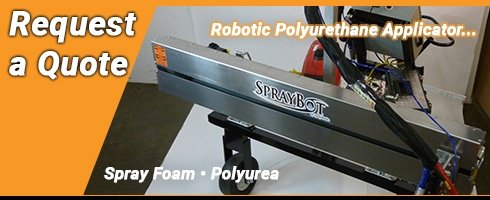

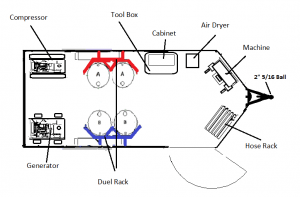
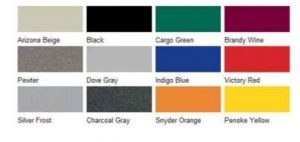


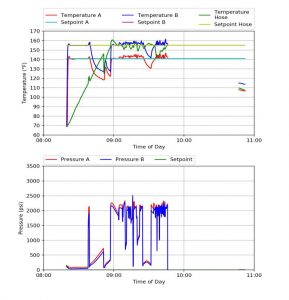
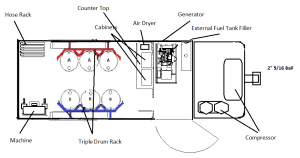
Thanks for explaining how spray foam insulation helps retain the temperature of your home and keep it comfy. My friend wants to invest in a home where he could work as if he was in the office. Insulation could probably help him achieve this especially during cold and warm climates.
Absolutely, not only does insulation help retain heat, it also helps to keep homes and office spaces cool in the summer.